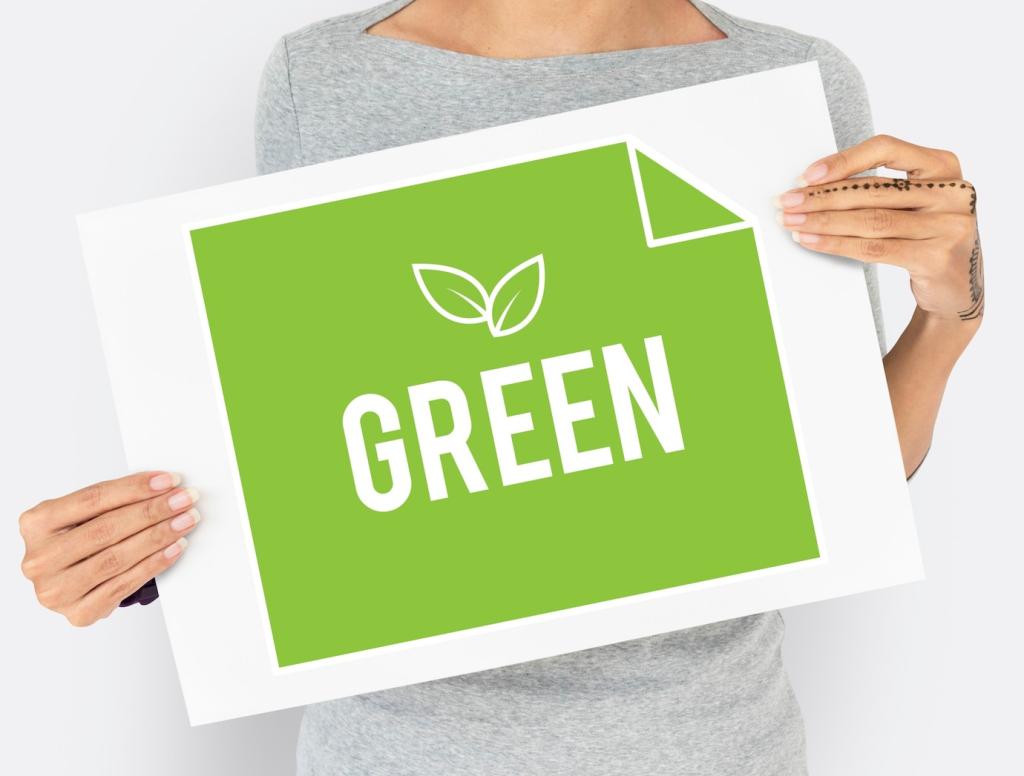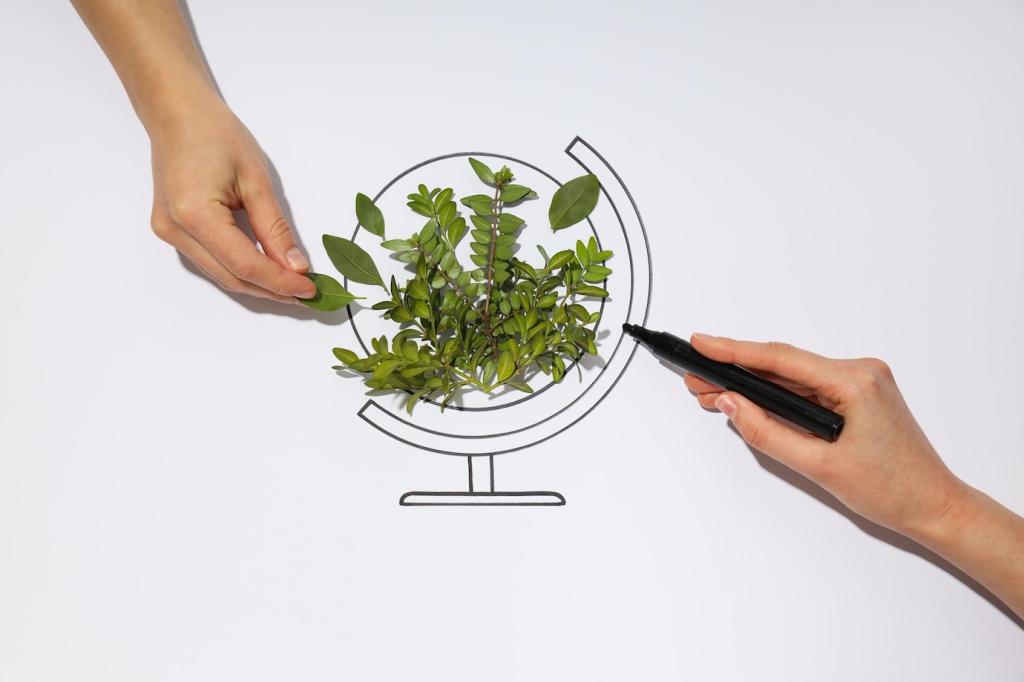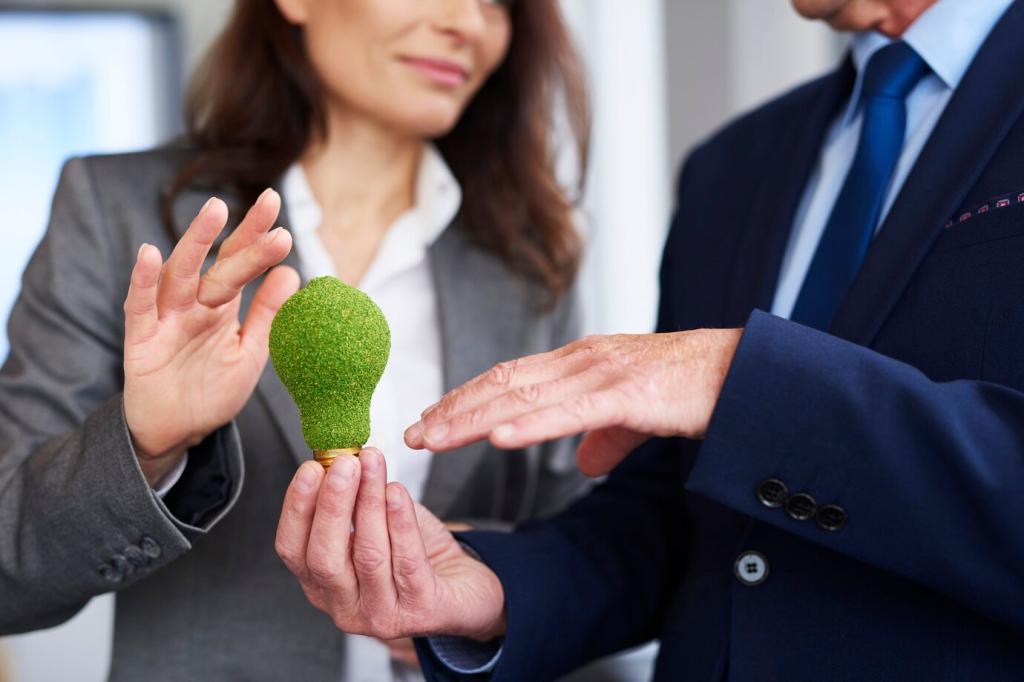Know the Conscious Furniture Buyer
Sketch buyers who prioritize durability, verified sourcing, and health. A parent worried about VOCs reads differently than a designer chasing timeless lines. Write to their desires and anxieties, then invite them to comment with their top concern so future guides answer real questions.
Know the Conscious Furniture Buyer
Map each step from curiosity to commitment: discovery, evaluation, reassurance, ownership. Provide the right message at the right time—materials on discovery pages, certifications during evaluation, care tips post-purchase. Ask readers to subscribe for a practical checklist tailored to their stage today.





